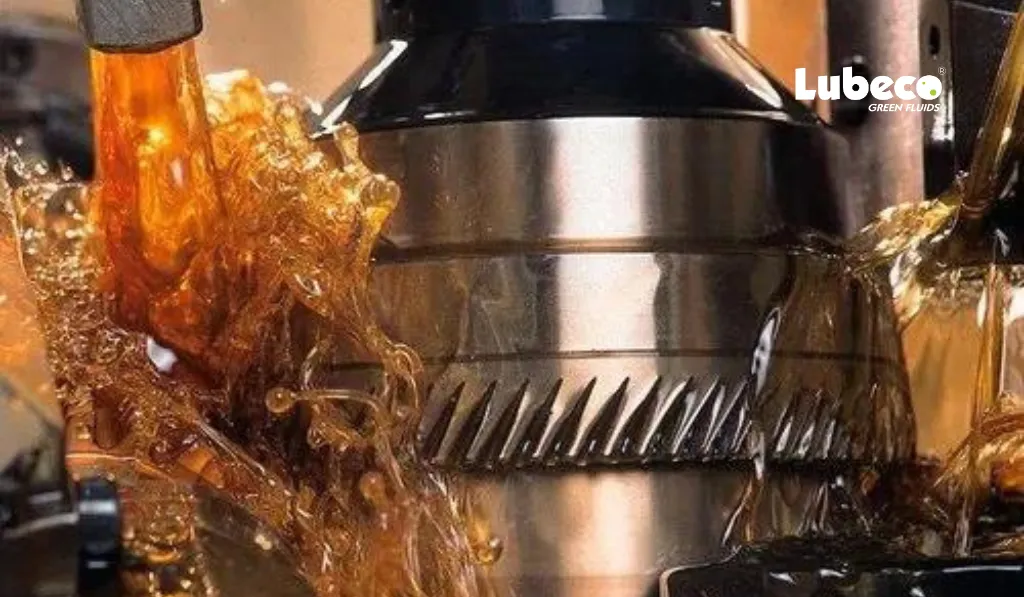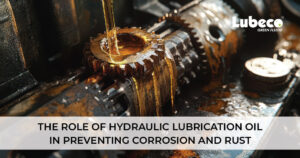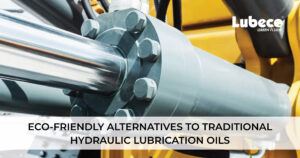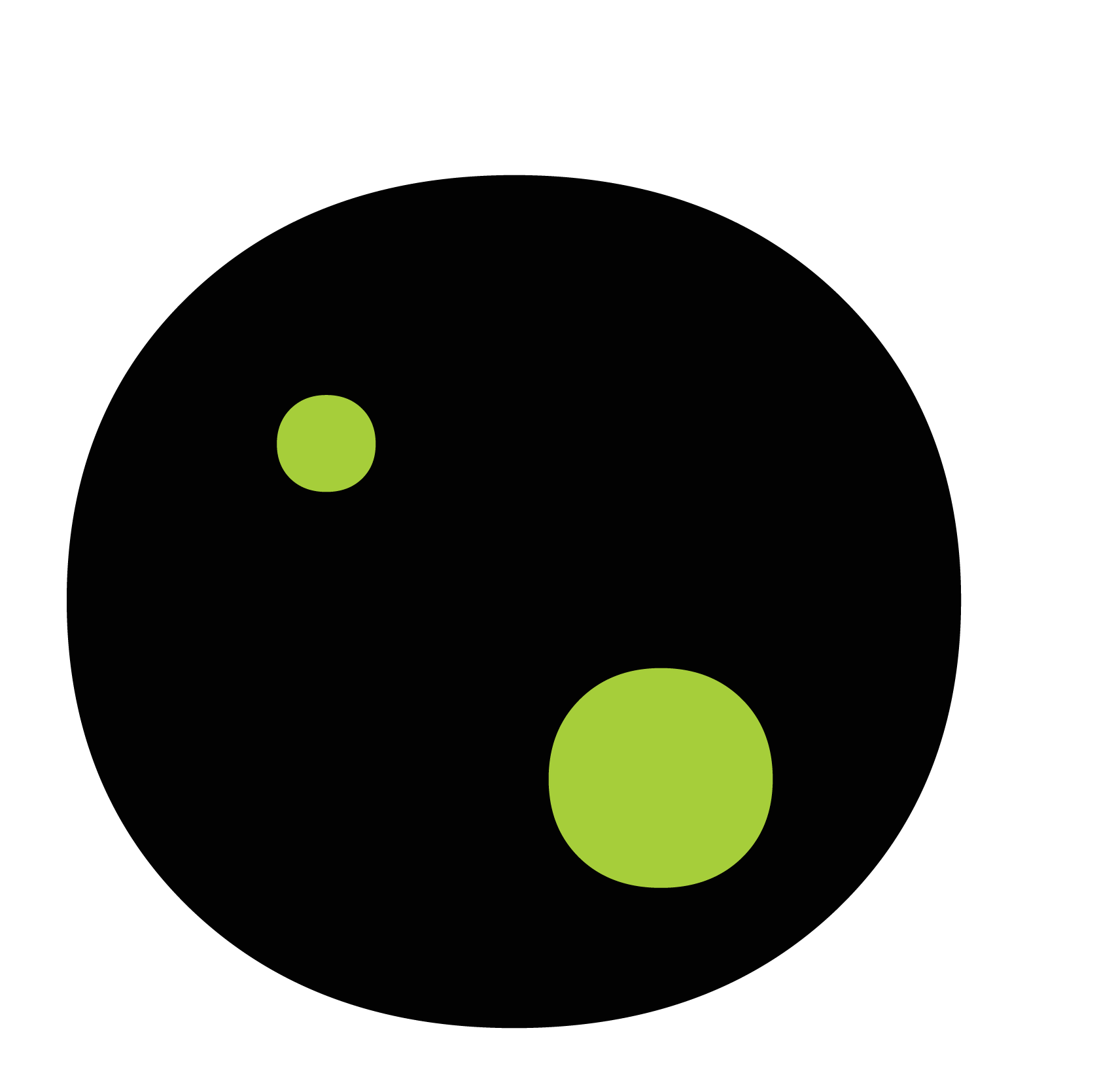NEAT metal cutting fluids are used in machine cutting. They improve the efficiency and quality of the cutting operation. “NEAT” is short for “Non-Emitting, Aqueous, and Tolerant,” referring to their characteristics. These fluids are water-based and do not emit volatile organic compounds (VOCs) into the air. NEAT metal cutting fluids are adaptable to various machining conditions, such as high temperatures and pressures. They reduce the friction between the cutting machine and the piece being cut. They are particularly effective for applications requiring high lubrication, such as deep drilling, tapping, or heavy-duty machining of tough metals like stainless steel or titanium. Despite their advantages, NEAT metal-cutting fluids can cause several safety and health risks if not handled properly. In this blog, we’ll take a look at the common risks posed by using NEAT metal-cutting fluids and also how to address the health and safety hazards they pose.
Health and Safety Concerns with NEAT Metal Cutting Fluids
Chemical Exposure
Exposure to the chemical components of NEAT fluids can cause several health problems if not handled properly. These fluids contain hydrocarbons, additives, and aromatic compounds that can be harmful to humans. Prolonged skin contact or inhalation of hydrocarbon fumes can lead to irritation, dermatitis, and respiratory issues. Extreme-pressure additives like chlorinated paraffins can decompose at high temperatures, releasing harmful gases such as hydrogen chloride. Chronic exposure to aromatic compounds can cause cancer.
Skin Contact
Direct contact with metal-cutting fluids can cause a variety of skin problems. For example, prolonged exposure can lead to dermatitis, which causes dryness, cracking, and inflammation, as the oils in these fluids strip the skin of its natural oils. In some cases, certain additives or contaminants can cause allergic reactions, resulting in rashes and itching.
Respiratory Issues
During machining operations, metal cutting fluids can aerosolize, creating mists or fumes that pose inhalation hazards. These fumes can cause respiratory irritation, leading to symptoms like coughing, wheezing, and shortness of breath. Long-term exposure can even contribute to chronic lung conditions like occupational asthma or chronic obstructive pulmonary disease (COPD).
Fire and Explosion Hazards
If not stored or handled properly, NEAT metal cutting fluids can also pose fire hazards. They are highly flammable and release toxic fumes. If a large quantity is stored together without proper ventilation, the fluids can cause explosions. They can also cause skin burns and eye irritation if they come into contact with the skin or eyes.
Environmental Concerns
Spills and improper disposal of these fluids can contaminate soil and water sources, affecting wildlife and ecosystems. Additionally, the disposal of used fluids must comply with environmental regulations to prevent pollution.
Addressing Health and Safety Concerns with NEAT Metal Cutting Fluids
Proper handling, storage, and use procedures are essential to reducing the risk of hazards caused by NEAT metal-cutting fluids. Here are some steps that can be taken:
Proper Handling and Storage
Proper handling and storage of NEAT metal-cutting fluids is of paramount importance. It is impertinent to wear protective gear such as gloves and goggles while handling these fluids. Storage must also be done carefully. NEAT metal-cutting fluids must be stored away from heat and open flames in cool and dry places. Ensure that the storage area is properly ventilated to reduce explosion risks.
Personal Protective Equipment (PPE)
When working with NEAT metal cutting fluids, operators should wear the right protective equipment. This includes gloves, goggles, and face shields to prevent skin irritation and breathing problems.
Local Exhaust Ventilation (LEV) Systems
In areas where NEAT metal cutting fluids are used, it is mandatory to install local exhaust systems to ensure proper ventilation. This will ensure that any harmful fumes being emitted while performing the cutting operations are directed outside the facility, and the operators do not have to work in an environment rampant with toxic fumes.
Regular Monitoring and Maintenance
To ensure that the NEAT metal-cutting fluid is safe to use, regularly check its pH level, viscosity, and chemical composition. Cleaning the machines regularly and performing maintenance also reduces the hazard of something going wrong.
Training and Education
All operators handling NEAT metal-cutting fluids and machinery must be properly trained before they are allowed to work on the shop floor. This training should cover the health and safety risks, as well as the proper procedures for handling and storing these fluids. The workers should also be made aware of safety protocols to be followed in case of emergency.
Health and Safety Measures
Ensure adequately stocked first-aid kits and fire extinguishers are located in easily accessible places on the shop floor. All employees must be made aware of the fire drills and emergency protocols and given basic first-aid training to perform in case of burns or injury. Fire drills must be held regularly to keep the employees abreast of safety procedures.
Conclusion
NEAT metal cutting fluids are an essential part of many machining processes, but they can also pose several health and safety concerns. By following proper handling, storage, and use procedures, operators can minimise the risks associated with these fluids and ensure a safe working environment.

